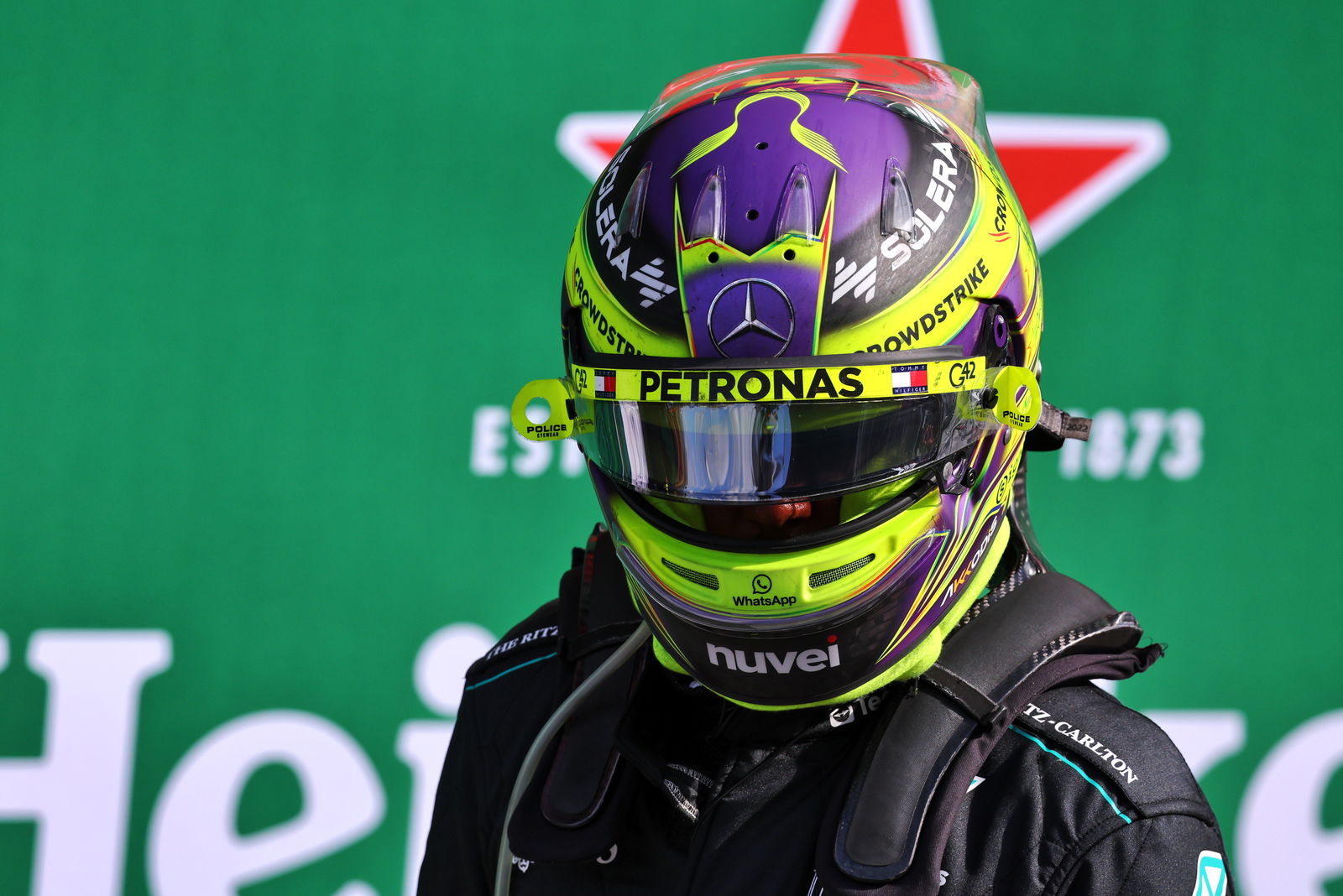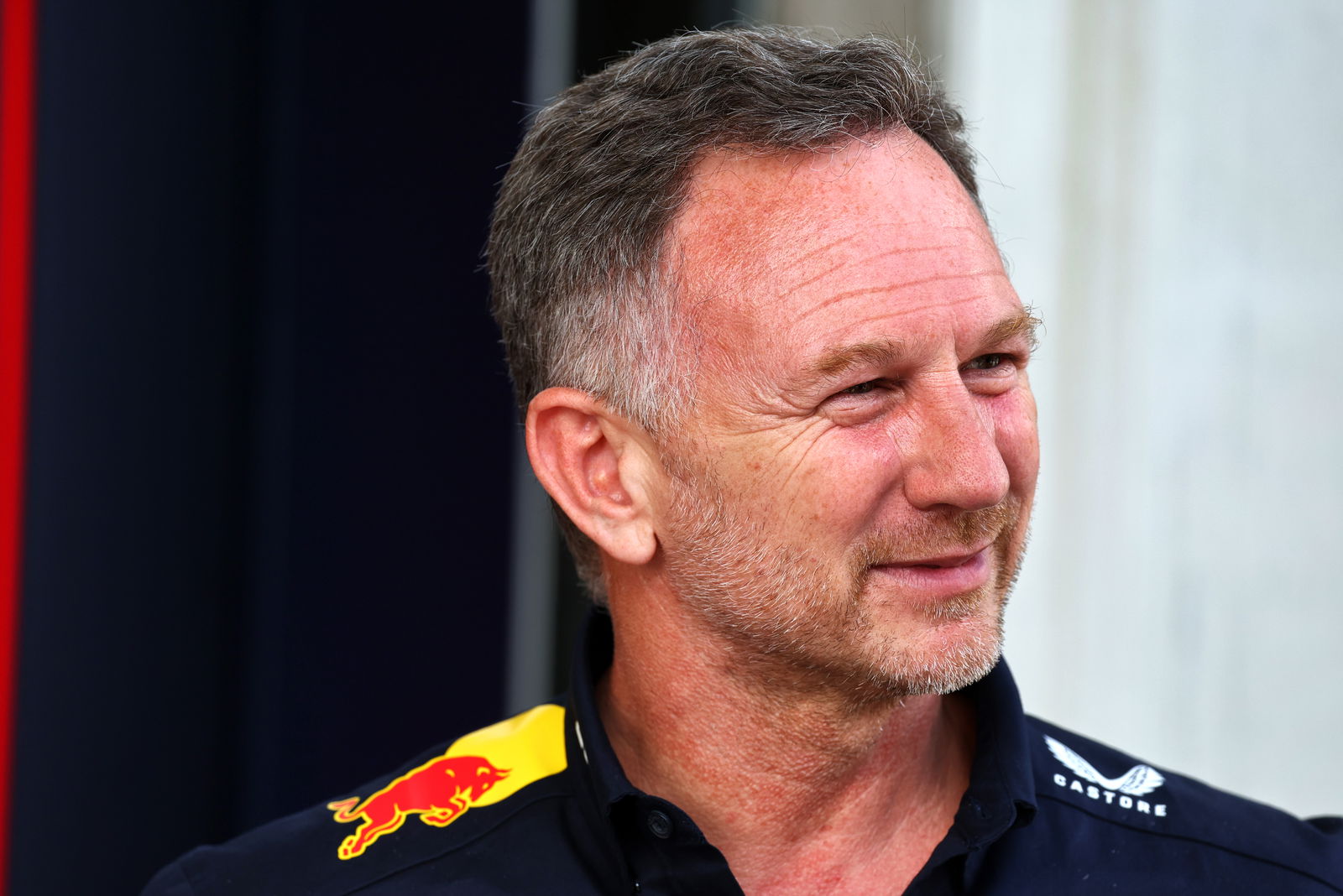Revealed: Lando Norris’ bad start the fault of the driver or the car?
Technical breakdown of what went wrong with Lando Norris' start

Lando Norris’ bad start at the F1 Dutch Grand Prix has been analysed to decipher who was at fault.
McLaren driver Norris lost his pole position immediately to Max Verstappen - but fought back to claim victory at Zandvoort.
He later blamed his bad start, which has become an unwanted habit lately, on “wheel spin”.
Sky Sports’ Anthony Davidson analysed replays, and said: “Is it the car or the driver?
“The first thing that the driver needs to do is to get his foot on the right position on the throttle.
“That is decided by the strategy team, the race start strategist who, after a few grid starts in practice, will decide where to set the clutch bite point and the revs needed to get the car going.”
F1 drivers have lights on their dashboard to inform them if they have correctly met their car’s needs.
“The driver has to go by the lights in front of them,” Davidson said.
“The first tick for Lando - he’s holding his foot in the right position, ready to go.
“The next thing you have to do is drop the clutch half way. That’s decided by the data in the car.
“You’ve got to be systematic in where you drop that clutch.
“You then release the clutch further, and slowly start to squeeze the throttle pedal after 50-100m of distance.
“In that next phase, you pick up the wheel spin.
“Is that the clutch, in the second phase being too aggressive, or is it Lando being too gung-ho on the throttle pedal?
“I look at who else is around the McLarens. I look at the two McLarens and the distance between them.
“Does the gap get smaller or bigger between them? Both McLarens get a bad start but, if anything, Lando gets a better start than Oscar Piastri who lost a position into the first corner.”
How can Norris improve?
Norris’ teammate Piastri suffered with a similarly below-par start to the Dutch Grand Prix.
Sky Sports’ Bernie Collins reacted: “The systems engineers overnight will analyse the data.
“They only had one start in FP2 because FP1 and FP3 were wet.
“Maybe they’ve done a slightly worse job, maybe the drivers “made a slight error.
Consistently we have seen that the combination have come together and haven’t produced a good start.”
Naomi Schiff added: “It’s not being easily resolved. It should, theoretically.
“If they’ve got enough data they should come up with a quick fix.
“But it’s not just the mechanical element. It’s the human element, as well.
“The second phase of the start is more human, releasing the clutch and getting on the throttle.
“You look at data, see where you’ve gone wrong, practice, spend more time in the sim practising starts. It’s work that you can do in the simulator.”

